Apple iPhone 11 Pro review: Bugatti La Voiture Noire of smartphones
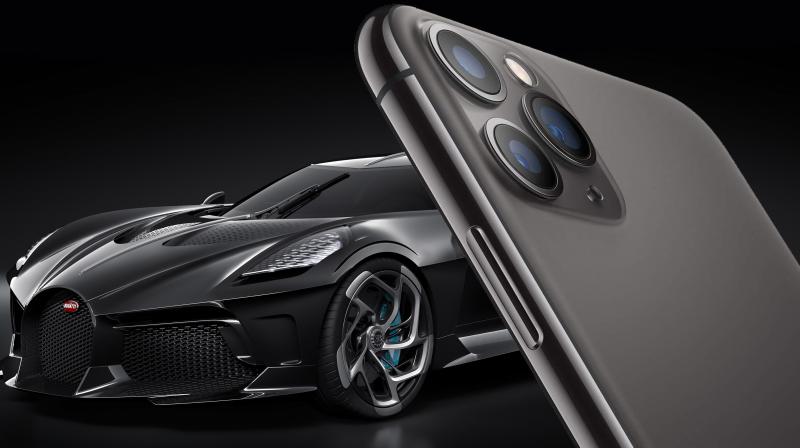
Way back in 2011, when reviewing the iPhone 4S, I compared it to a sports car in a world filled with sedans. At that time, when opting for a premium smartphone, the choice was extremely simple — you either buy the latest iPhone or purchase an Android from the Galaxy S line-up. However, when it came to speed and an overall existential user experience, Samsung had quite a lot of catching up to do. Now, eight years later, the entire dynamic of the smartphone industry has changed with brands that were pretty non-existent all those years ago now offering smartphones that offer bleeding-edge tech.
2019 has been especially significant for Android manufacturers as they continue to push the envelope of what the next big smartphone tech should include. The notch is passé and from the looks of it, even physical buttons are on their last legs. Brands such as Huawei, Samsung, OnePlus, Xiaomi and more are getting extremely creative with smartphone design. Now, we have handsets with wrap-around displays, foldable screens, and even pressure-sensitive buttons. In all this, we still find brands reaching over and above when it comes to cameras with super-wide-angle sensors, massive 108MP cameras and 10x telephoto lenses that are rapidly becoming the norm. And the most astonishing part of all this tech is that they are managing to price it extremely well and this is causing a seismic shift where sales are concerned. Now, we no longer see Apple as the numero uno smartphone brand; but more like a company that’s too afraid to break out the big guns and launch something truly ground-breaking —well, at least on paper.
In September, Apple announced its latest and greatest iPhone ever, the iPhone 11 Pro alongside the iPhone 11 Pro Max and its lower-priced sibling, the iPhone 11. These handsets started leaking online months prior to the unveiling and for those who keenly follow the latest tech news, you pretty much knew what was coming. While the design that leaked was semi-accurate, what Apple displayed on stage was something truly phenomenal. And although it’s dressed in an old-ish bottle, the wine inside was something that’s cutting-edge, and that could leave Android rivals struggling for years to catch up.
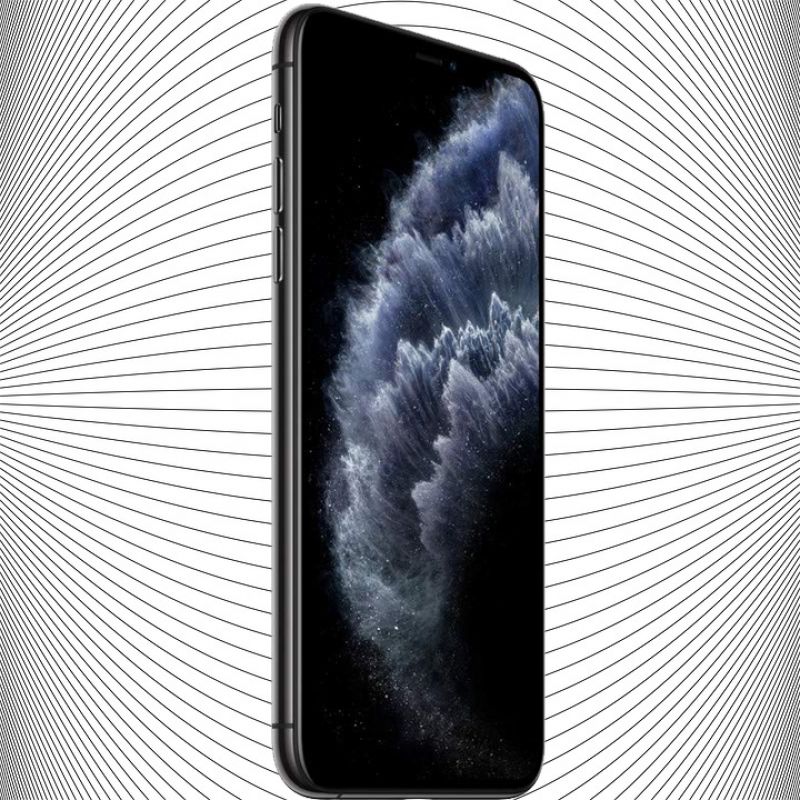
The iPhone 11 Pro has all the best that Apple can fit into a 2019 handset and this includes, but not limited to, a super-high-end display, massive camera upgrades, amazing speakers, a speedier processor, a new Apple U1 wideband chip and a battery that’s way more capable than any iPhone to have ever existed.
With the latest iPhone flagships, Apple has gone with the ‘Pro’ branding and this falls in line with the company’s other flagship products — the iPad Pro and the MacBook Pro. The ‘Pro’ moniker signifies all the very best Apple has to offer and it’s designed for those who want no compromises despite the hefty price tag. Starting at Rs 99,900, will the iPhone 11 Pro be worth the huge investment at a time when the smartphone industry is in a state of transition? Read on to find out.
Design, Build
When the leaks started appearing, the design of the iPhone had one of the most polarizing reactions as people either loved or absolutely despised the look of the handset — especially the new square camera module on the rear. However, being in this industry for a substantial amount of time, one thing you will always notice is — at first people will absolutely slay the design and then gradually learn to love it and regard it as one of Apple’s best-designed handsets. This was the case with the iPhone 5 when it was elongated and more recently with the iPhone X when it launched with the notch. In turn, the iPhone 5, iPhone 5s and iPhone SE have all been regarded as the best-looking iPhones to have ever have launched. The iPhone X, on the other hand, was imitated by Android rivals across the world when most of 2018 and half of 2019 saw every single manufacturer employ their own iteration of the notch. This year appears to be no different and apart from Apple, Google to is going with a similar square module for its primary shooters.
With the iPhone 11 Pro, Apple is laying the groundwork for its upcoming models which are said to be stark variations in comparison to what we have ever seen the Cupertino company use. While there are cases of Trypophobia being reported, Apple hasn’t simply gone with this design for aesthetic purposes. In fact, the functionality here used by Apple is par excellence. This handset, although, can be used by anyone, is made for those looking for a professional-grade camera without the need for purchasing a standalone camera such as DSLR or a Micro Four Third. In fact, Apple has purposely aligned the cameras the way they have because it helps in making zooming in and out of objects feel buttery smooth. The hesitancy that’s found on Android smartphones just isn’t present here and this helps with the iPhone 11 Pro to zoom in from the centre without requiring you to adjust the entire handset by moving it left or right. So yes, there is a scientific reason for Apple positioning the rear shooters the way they did and anyone who is serious about photography will appreciate these subtle improvements.

While the triple shooters are the most attention-grabbing features of the latest iPhone 11 Pro handsets, Apple has also worked on the rear glass panel. No matter what your opinion is regarding Apple’s design philosophy, they are absolute geniuses when it comes to keeping your handset relevant no matter how old your product is. For example, the three-year-old iPhone X looks as impressive as a 2019 Huawei Mate 30 Pro; which is saying something about its overall design. The 2019 iPhone 11 Pro comes with a gorgeous textured back that comes with a frosted matte finish as opposed to the glossy design seen on previous generation iPhones. This is a similar design that OnePlus has used with the 7T and this appears to be the design trend going forward. Because of this textured finish, the 11 Pro is easier to handle as it provides more grip which reduces the need for a case. Apple’s design team has worked hard at achieving this design and using it with a case would diminish its worth.
A point worth mentioning is that the entire matte glass rear is made up of a single piece of glass; so, unlike other handsets with cut-outs for the entire camera module, Apple has sculpted the glass to perfection to achieve this streamlined design. Because of this finish, there is literally no fingerprint residue and this keeps your handset looking in pristine condition no matter how old it is. As opposed to the glossy back of the iPhone XS, we absolutely love Apple’s choice of design here. Interestingly, this glass has been strengthened further which helps in protecting it from accidental knocks, bumps, dust and water. A point worth keeping in mind is that Apple has once again upped the water resistance. The iPhone 11 Pro still comes with the IP68 Ingress Protection certification; however, it can now be immersed for 30 minutes in up to 13 feet of water. This is a huge improvement over the previous 6.5-feet of water resistance on the iPhone XS.
For the keen observers, the Apple logo has been repositioned to the centre. There were rumours that Apple would be using this as a placeholder for bilateral wireless charging; however, this doesn’t appear to be the case since nothing about it was mentioned during the keynote. Apart from this, the rest of the handset is similarly designed to the iPhone XS with all the buttons and ports located in the same general area except for the fact that they’re a fraction lower. This helps with the overall reachability which is great for single-hand usage.
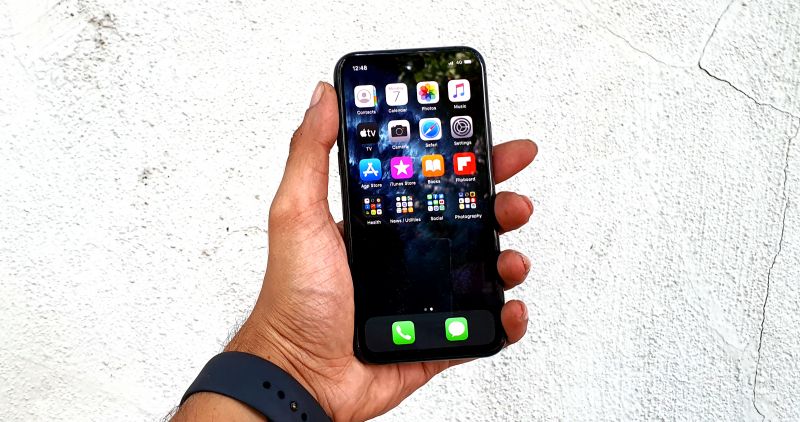
If you are moving from an iPhone XS you will observe that the iPhone 11 Pro has gained a bit of weight which also affects its overall thickness. While some may complain about this, we feel that the inclusion of a larger battery is a great compromise for the increase in weight. Also, the increase in weight adds to the premium feel that Apple is known for — no more light, fragile iPhones and this is a well-appreciated move by Apple.
Prior to the launch of the iPhone 11 Pro, an asset was discovered within iOS 13 which heavily indicated that Apple would finally be making the move from Lightning to USB Type-C; like the company has used with the iPad Pro or MacBook Pro. It appears that Apple is saving this feature for future models when they refresh the overall design of the handset — a move that’s rumoured for the 2020 iPhone 12. The bottom also plays home to the stereo speaker while the other one is located in the earpiece. Also, at the bottom, you will find the microphone which is similar to previous generation handsets.
Overall, Apple has designed and built the iPhone 11 Pro to perfection, and that’s the only way they know-how.
Display
The face of the iPhone 11 Pro looks strikingly similar to that of the three-generation old iPhone X and you won’t be faulted for thinking that Apple has just thrown the same OLED panel on the 2019 flagship. While it’s true that Apple has used the same sized panels here — 5.8-inches with a resolution of 1125 x 2436 with a pixel density of 458ppi, as well as the massive notch that’s rather outdated; this is quite far from the truth. Apple has vastly improved upon the screen here and only with it in your palm, will you notice how utterly impressive it is.
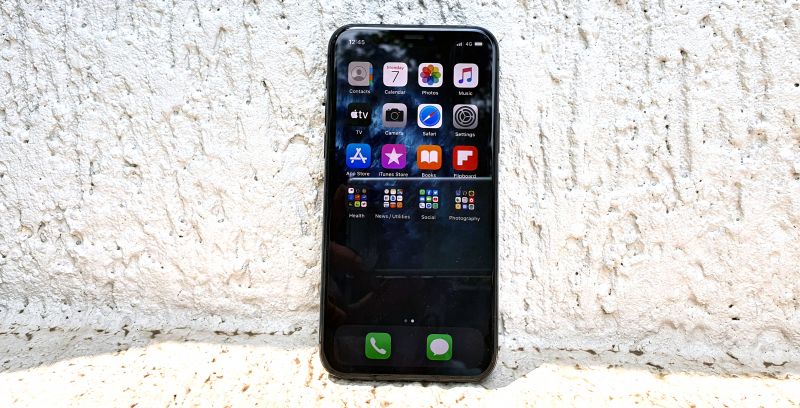
To start off, Apple has rebranded its OLED display here and it is now known as Super Retina XDR display; this has changed from the iPhone XS’ Super Retina Display. With the new display, the screen is a lot brighter than before and Apple claims that when used under direct sunlight, the display can reach a brightness level of up to 800 nits. This is a big step up from the 660 nits found on the 2018 iPhone XS. That’s not all. Since the handset now comes with an HDR10 display, the brightness levels can go all the way up to 1200 nits when watching HDR10 content and Dolby Vision videos. If that’s not impressive enough, then when viewing HDR photos, the handset can also reach 1200 nits brightness.
To the discerning eye, this increase in brightness is actually visible; however, for most people who are making the jump from the iPhone XS, you won’t really notice that much of a change. With this being said, during our review period, we noticed that the increase in brightness did actually help when trying to access content under direct sunlight. This shows that Apple isn’t just using marketing jargon here but they have actually improved upon the screen at times when it matters.
Apple has also raised the contrast ratio from 1,000,000:1 which was found on the iPhone XS to 2,000,000:1 on the iPhone 11 Pro’s Super Retina XDR display. However, when compared with the already impressive display of the iPhone XS, the contrast ratio and dynamic range found was non-noticeable.

Sound
When writing smartphone reviews, we never usually add a sub-section for sound quality. However, this one warrants one as Apple has doubled-down on the audio performance on the iPhone 11 Pro and, boy, is this impressive! The handset now supports Dolby Atmos which is also found on flagships such as the OnePlus 7 Pro and the Samsung Galaxy Note 10 — smartphones which excel in the audio department.
As found on the iPhone 8 all the way up to the iPhone XS, the iPhone 11 Pro too comes with stereo speakers with the bottom one acting as the primary speaker while the one on the earpiece acting as a secondary speaker. While audio quality on the secondary speaker lacks in comparison to the booming bass found on the primary speaker, the loudness is the same across the board. Apple has effectively managed to turn the iPhone into a portable speaker as when needed, it can get extremely loud.
Apple has also added spatial audio to these speakers and to the discerning ear, the sound has a sort of 3D feel, which it appears, is what the brand is going for. However, during our testing period, we found that the same is true for the iPhone 11 Pro Max as compared with the iPhone 11 Pro. The surround sound effect was felt a bit more on the larger sized model and this could be because of slight differences in hardware as there is more space to play around.
However, as far as both, the iPhone 11 Pro and iPhone 11 Pro Max goes, there is a rich, immersive sound with a bass that’s booming and highs that have quite a reach. These smartphones have the best speakers on any handset ever.
Software
An advantage Apple has over its rivals is that it is in direct control over its hardware and software. What this means is that it can dish out the latest operating system and tailor-make it for smartphones that are pretty old. With iOS 13, Apple’s major refresh, smartphones such as the iPhone 6S or iPhone SE all the way up to the iPhone XS are all compatible with the latest OS. There will be slight variations though and that will be custom designed for each handset. However, the main essence of the OS will be seen on all the handsets it’s compatible with. If you have the iPhone 6 or older, you’re hard out of luck as Apple isn’t signing off iOS 13 on your device.
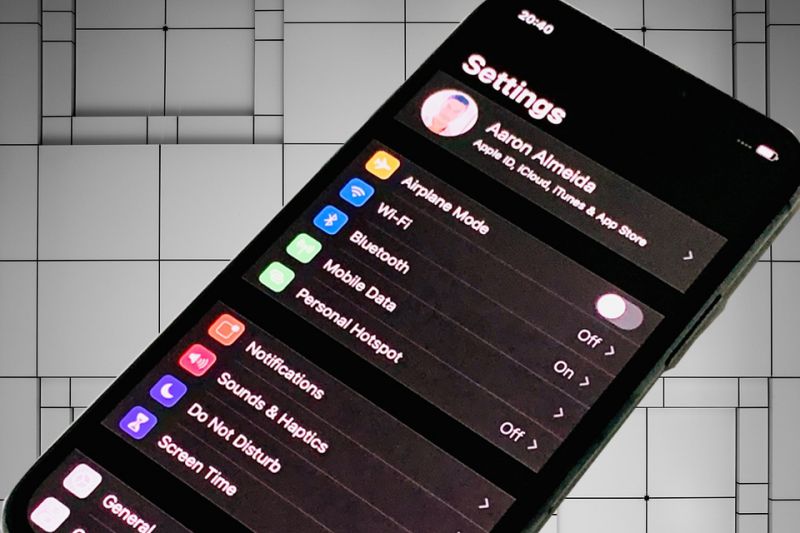
With iOS 13 on the Apple iPhone 11 Pro, the overall experience is pretty much the same as you would find on the previous generation iPhone XS. The only major difference found on the iPhone 11 Pro and iPhone 11 Pro Max is an enhanced camera app.
With the new Camera app, you can now shoot images in 16:9 by default along with the widely used 4:3 and the square mode. The shutter button in the default Photo mode when held can start recording videos which are extremely convenient as opposed to swiping to get into video recording mode. To take burst images, all you have to do now is press and hold the shutter button and move it to the left; alternatively, to quickly start recording a video, you can press and hold the shutter key and move it to the right. These new modes make it extremely convenient to snap pictures and record videos on the fly.
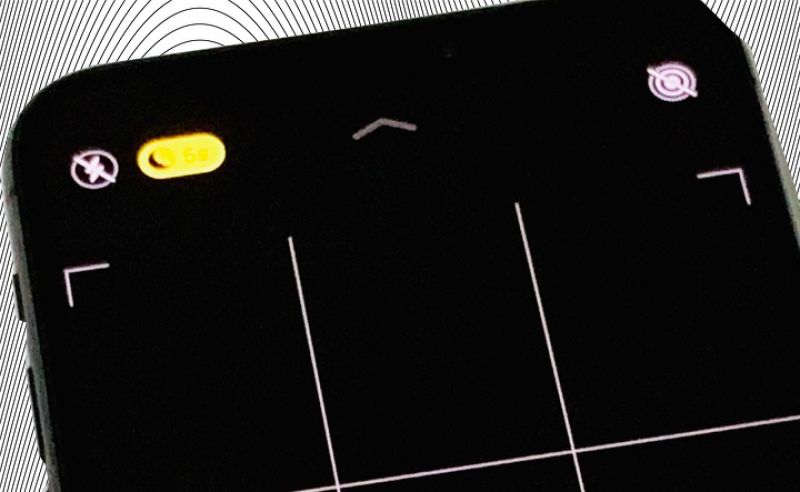
On the iPhone 11 Pro, there is a marked improvement in the Night mode and with it, we get a new button on top of the display that starts appearing when the phone senses it’s in a darkened environment. The button flickers and displays numbers that denote seconds for exposure time based on the surrounding lighting conditions. Apple explained it as a combination of time plus exposure and if the environment is pitch black and if the iPhone senses it’s on a tripod, then the countdown clock at the top of the display can extend all the way up to 10 seconds. Night mode on the iPhone 11 Pro is a revelation and even though Apple is late to the party, it has brought enough ammunition with it to make it a top dog in this segment even beating the likes of the Pixel and OnePlus handsets.
Due to Apple’s use of a minimalistic interface, most of the settings are now hidden and you can tap the arrow on top of the screen to get into the full menu. This isn’t as fluid as the app we were used to, but give it a couple of days, and it will grow on you.
Well, that’s not all, the camera will get a major upgrade later on this year where Apple will announce its Deep Fusion technology on to the iPhone 11 Pro in iOS 13.2. This software is nothing short of Hogwarts wizardry and it works best in medium lighting conditions. With the beta version of it already available and some of the first sample shots appearing, you will get images that pack in more detail as well as make images look vivid. All in all, this is Apple’s masterclass at its best.
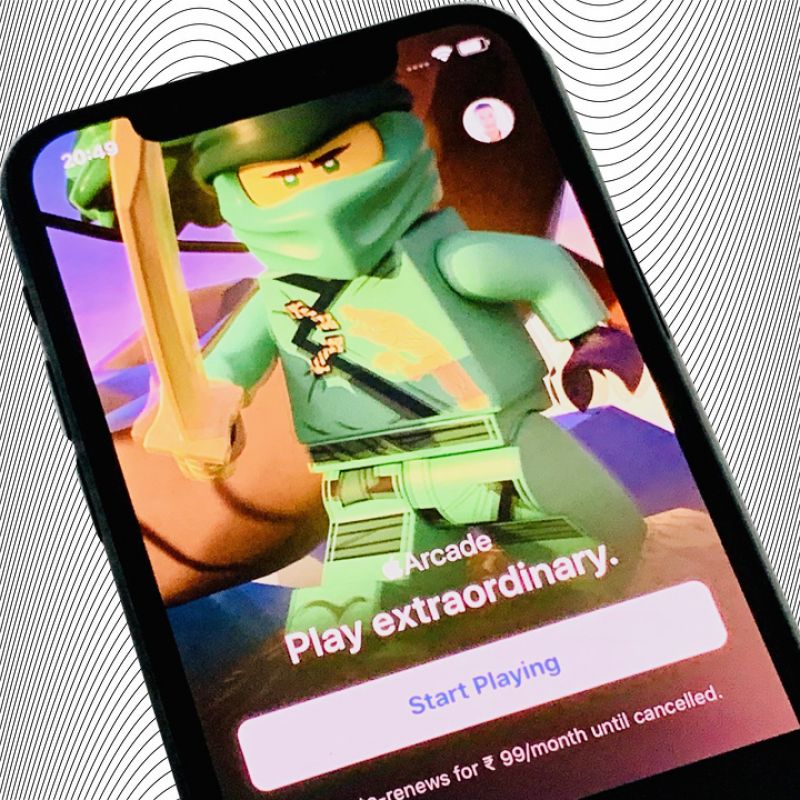
As far as the rest of iOS 13 goes, it’s pretty much the same with other iOS devices with the standout and most excitable feature being a system-wide dark mode. When this mode is turned on, the OS inverts whites across the interface to a more subdued grey or black theme. If you want this experience and you’re stuck on an iPhone 6, then you would be required to upgrade your device and this is a valid enough reason to do so.
With iOS 13, you also get an enhanced photo editing toolset, a new Swipe like a keyboard that’s called QuickPath, a brand-new Reminders app, a new Find My app which replaces Find My iPhone and Find My Friends and a new Haptic Touch that’s replaced the expensive 3D Touch.
To sum this section up, an iPhone is only as good as its OS and as of now, with Apple launching quick-release updates, which is quite unprecedented, the overall experience is only going to get a lot better.

Performance
Though understated, a feature of the iPhone 11 Pro that excited us the most was the Apple A13 Bionic chip. While it can be categorized by some as an incremental upgrade since it retains the Bionic branding rather than a complete overhaul of the chip. The processor uses the same 7nm+ process and Apple has managed to cram in 8.5 billion transistors which is an increase of 23 per cent over the A12 Bionic. With this chip, Apple has managed to achieve a massive increase in performance as well as power efficiency by making it 20 per cent larger.
Apple’s A12 Bionic chipset has repeatedly trounced Android smartphones with Qualcomm’s Snapdragon 845 SoC when it came to running benchmarks and now since Apple claims that the A13 Bionic is faster, you can expect it to increase the gap with Android handsets running the last year’s Qualcomm flagship chipset. However, what’s even more interesting is that the 64-bit Apple’s A13 Bionic comes with two performance cores clocked at 2.65GHz and four high-efficiency cores clocked at 1.8GHz and they manage to beat Android handsets that use the Snapdragon 855+ processor as well.

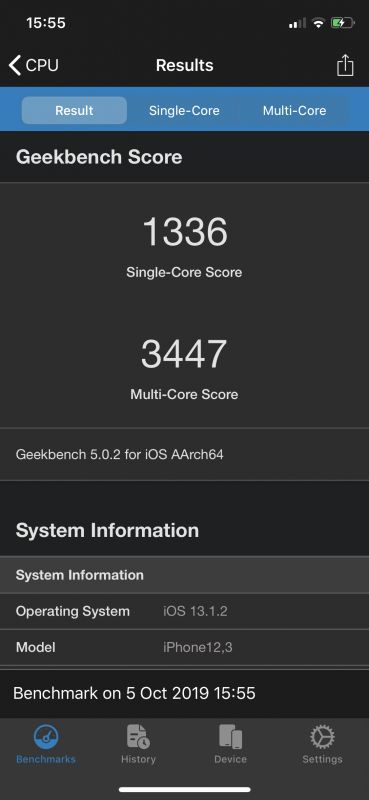
While running the Geekbench 5 benchmarking tool, the iPhone 11 Pro produced a score of 1336 points in the single-core test and 3447 points in the multi-core test. The iPhone XS Max, on the other hand, scored a decent 1116 points in the single-core test and 2121 points in the multi-core test. The recently launched Samsung Galaxy Note 10+ using an Exynos 9825 processor has beaten hands down as it managed a score of just 792 and 2184 in the single-core and multi-core tests. In the same test, the ASUS ROG Phone II produced a score of 772 points in the single-core test and 2557 points in the multi-core test. The OnePlus 7T using the same Snapdragon 855+ chipset as the ASUS ROG Phone II paled in comparison to the iPhone 11 Pro and it scored 777 points and 2813 points in the single-core and multi-core tests. This gives you an idea as to how well Apple has optimised its hardware and with it, you should get peak performances for years to come.

Additionally, the A13 Bionic comes with four GPU cores that are said to be 20 per cent faster and up to 40 per cent more power efficient. While playing high-end games such as Asphalt 9: Legends, Call of Duty and Fortnite the performance was buttery-smooth and although there is a claimed bump in performance over the iPhone XS, it was not visible in the form of frame rates or additional details. This shows that we have come to a time when performance is just recorded in numbers and not visible to the naked eye. Peak performance, it appears has finally been reached.
Battery
While the performance is beyond visible, one thing you will definitely notice is the marked improvements in the overall battery life. In my daily routine of researching on current tech trends, sending and receiving emails, extensive interactions on iMessage and WhatsApp, accessing social media apps like Instagram, playing the odd game or two of Asphalt 9 and Fortnite as well as streaming a 50-minute episode on either Netflix or Amazon prime, I still managed to have about 30 per cent battery to last me till the end of the day before recharging it.
Although battery life is a subjective topic, I would consider my usage to be on the heavier side and considering I still had some juice left in the tank, I found it to be a major improvement over my iPhone XS Max.
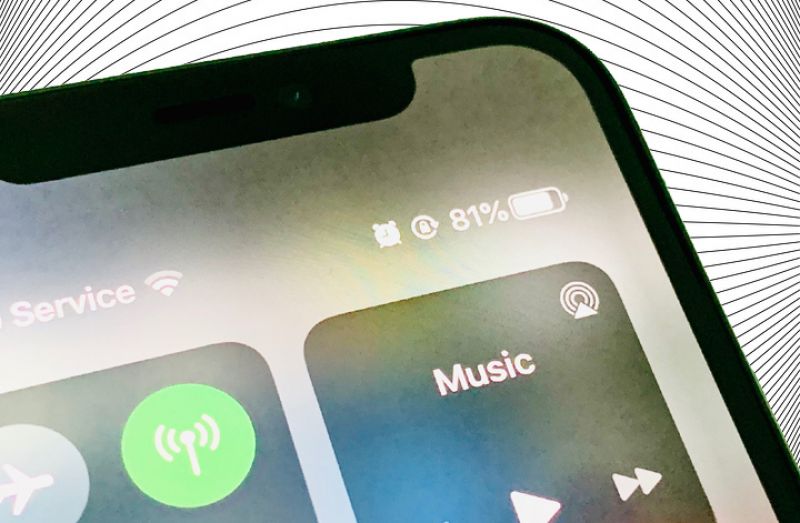
What’s even better is that now, with the iPhone 11 Pro and iPhone 11 Pro Max, Apple bundles in an 18W fast charger as opposed to a standard 5W adapter. This certainly helps with topping up your phone quickly instead of going out and purchasing a separate fast charger.
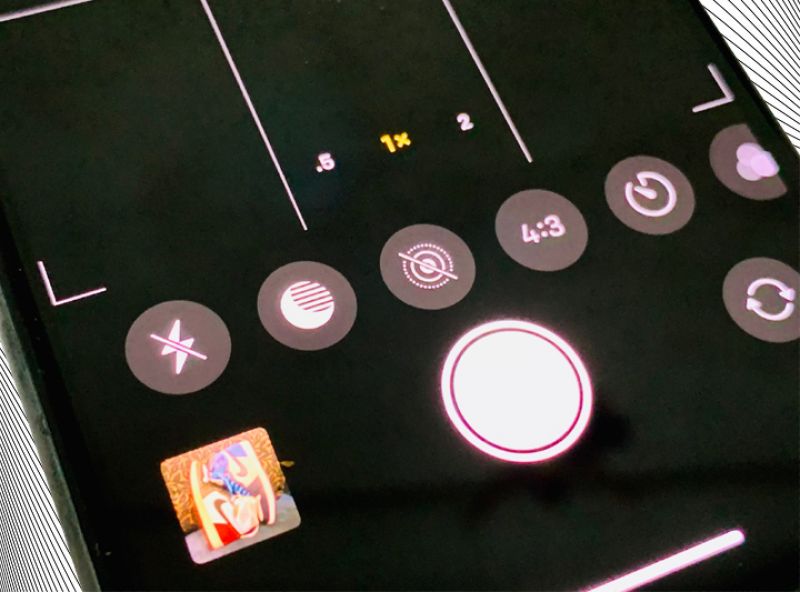
Camera
While Apple has steadily been improving upon their camera for years and the iPhone is considered the most popular camera in the world; Apple has now properly flexed its giant muscles and shown the world why you don’t need to look further for the best camera in a smartphone.
The iPhone 11 Pro and the iPhone 11 Pro Max come with four cameras in total — three 12MP sensors on the rear and one 12MP sensor upfront. This is the first time that Apple has gone with three rear shooters and this configuration has propelled it to be the number one smartphone camera in the world. This configuration is on par with most flagship smartphones and with it, you can achieve greater details because of the resolution.
 Wide-angle
Wide-angle
 Telephoto
Telephoto
 Ultra-wide-angle
Ultra-wide-angle
The three 12MP shooters comprise of a wide-angle lens, a 2x optically zoomed telephoto lens and an ultra-wide-angle lens. Apple has used the same lenses for the primary wide-angle camera and the telephoto camera as seen previously on the iPhone XS while the new ultra-wide-angle lens allows you to get much more of the picture in — this is the one aspect that makes all the cameras tick so beautifully.
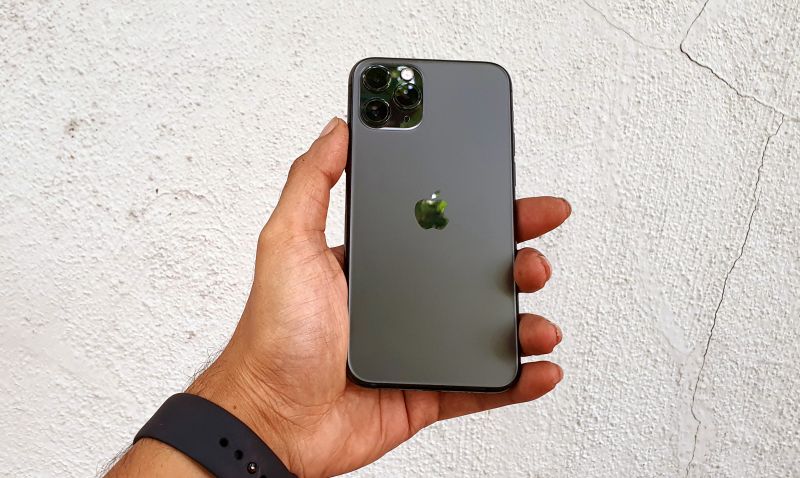
With the 2x telephoto lens you can zoom in optically up to two times closer on a subject while the ultra-wide-angle lens allows you to move back a bit which allows you to get the entire scene in the frame. The latter comes in handy when clicking a group photo, artistic shots of buildings, structures and much more.
As mentioned in detail before, the camera app on the iPhone 11 Pro has been enhanced and now it works seamlessly with the new ultra-wide-angle lens. The app displays in real-time what you get while switching between lenses. Previously you were restricted to switching between the 2x telephoto lens and the standard wide-angle lens. Now, with the third sensor onboard, you can easily switch from telephoto to ultra-wide-angle and the transition is seamless.




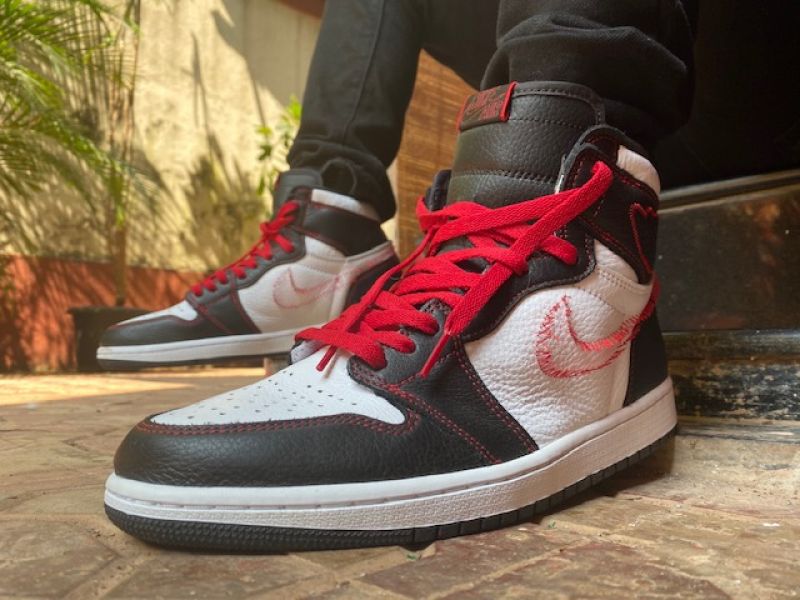

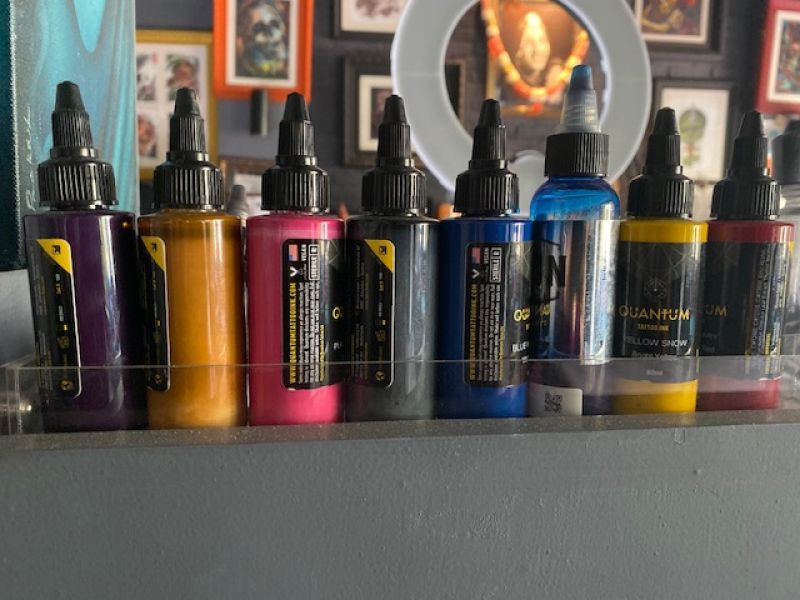


Pictures captured here have a lot of detail and are pretty crisp. Overall, the iPhone 11 Pro is a major upgrade from the already capable cameras found on the iPhone XS — but the difference is night and day.
 Night Mode off
Night Mode off
 Night Mode on
Night Mode on
With the new iPhone, Apple has now introduced Night Mode, that’s probably in response to the Night Sight feature on the Google Pixel and the NightScape mode found on the OnePlus 7 Pro. This feature kicks in by default when the smartphone senses that it is in a less than ideal environment and it uses some software trickery to compute that you’re shooting images in low light conditions and it will compensate by using a combination of time and exposure to give you a bright and as detailed as possible image. Also, the iPhone 11 Pro does a job of deciding if, in fact, you need the night mode on or not and kicks in if it has to. Also, if you feel that there is no need for the Night Mode, you can easily turn it off.
This feature is especially useful during partying at clubs or just having night outs where the lights are usually dim and you want to capture that moment. This is where your new iPhone will come to your rescue and provide you with the best possible results you can imagine. For the most part, it works great; the only drawback is that it doesn’t work with the ultra-wide-angle camera.


Portrait mode on the iPhone has been greatly improved with the edge-detection working excellently on all — humans, animals or any subject you want to be captured with detail. Because of the third sensor on the rear, the depth information that’s processed by the iPhone is greater and it works excellently when zoomed in as well as at from a normal distance. One issue we noticed though was while the edge-detection did extremely well in most circumstances; hair detection was a bit of a problem especially with strands of hair.
To sum it up, the overall image quality is a lot more detailed and sharper as compared to the iPhone XS. Images appear brighter, colours have the desired punch without being oversaturated and always in focus.
Videos can now be shot in 4K at 60fps and this is with HDR support and Apple is really pushing this feature as an evolution in smartphone videography. If you’re a vlogger or simply serious about smartphone videography and want a mobile solution instead of investing in heavy gear, then the iPhone 11 Pro is the solution for you. The handset will provide you with an insane amount of details as well as a balanced exposure that will undoubtedly help you produce stunning content.

Verdict
The iPhone 11 Pro comes at a starting price of Rs 99,900 and is available in four gorgeous colours — Space Grey, Silver, Gold and Midnight Green. For us, the Midnight Green is the pick of the lot but you can’t possibly go wrong when choosing any of the other three colours.
Like every single iPhone to ever launch, the iPhone 11 Pro comes at a premium that’s way more expensive than most other handsets available in the market. However, with the iPhone 11 Pro, you’re paying for luxury where form and functionality go hand-in-hand. The latest and greatest iPhones are akin to the Bugatti La Voiture Noire, which is one of the world’s fastest and most expensive cars to have ever been manufactured. While Android flagships from the likes of Samsung, Huawei and OnePlus are no slouches and can be compared with the likes of a Ferrari, Lamborghini or McLaren; the iPhone absolutely trounces it when it comes to the blitzkrieg speed it offers and snappers on the back that are definitely par excellence.
With the 2019 iPhone 11 Pro, you don’t just pay for an iPhone, you also pay for complete Apple support for the foreseeable future, you pay for cameras that are clearly the best around, you pay for the status symbol that comes with it and most importantly you pay for an iPhone that’s second to none.

